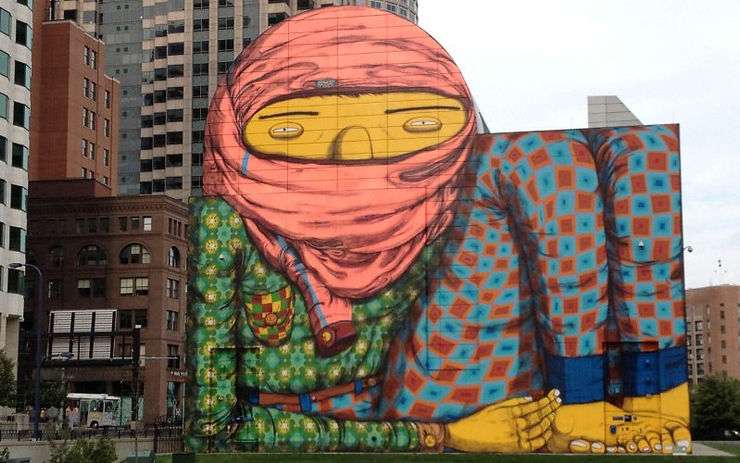Our age of artisanal coffee and culture is always just a few clicks away. Apart from a space of mutual appreciation of good food, a lot goes down in our local cafes which we are wont to overlook. Art spaces have intersected with cafes since the past 400 years (in the English-speaking world at least!), yet still they seem so much more “new” to us in the 21st century. Our net is big: considering all famous diners, coffee houses, cafeterias, bodegas, greasy spoons, tea rooms from franchise juggernauts to local mom and pop cafeterias, there could be no legit alternative to the casual ambience at cafes which make them great for creating irreverent history. You’ll find famous artists incorporating a cafe backdrop for populating a lot of their artworks, proof enough of a nostalgic European throwback and a strong American presence at the same time.
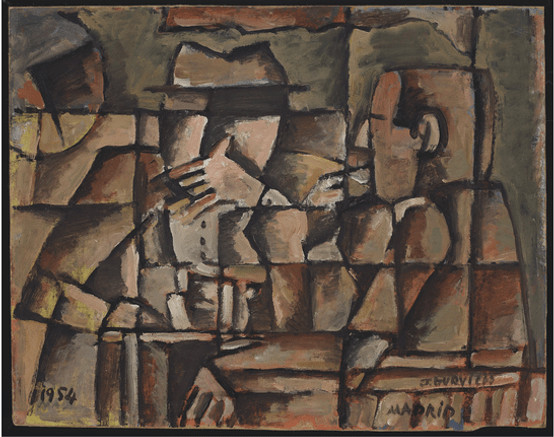
From Yemen to Venice
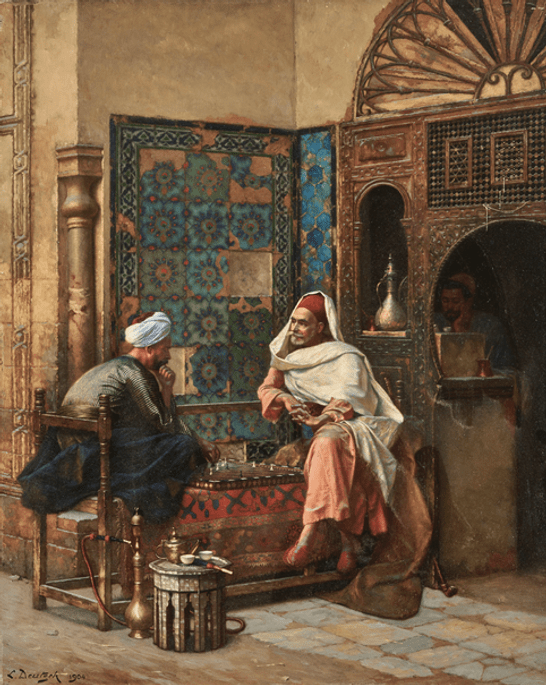
The smuggling of coffee beans and sometimes even trees to protect the crop to its Yemen origin is nothing short of a bloody heist. First popularized in the Islamic world as a solution to the ban on wine, coffee or qahwa as it was known then attracted patrons chatting in Turkish style coffee houses where they could chat over cups of coffee discussing politics, poetry, the weather what have you, and play chess and backgammon while bickering about the weather. With a distinct culture of music and oral literature, many could listen to poetry readings and recitals, and storytellers and preachers would pause to insert arguments about the news in side-conversations. The resultant vibrancy made the cafes the “schools of wisdom” for the enlightening free flowing discourse.
Expresso espresso
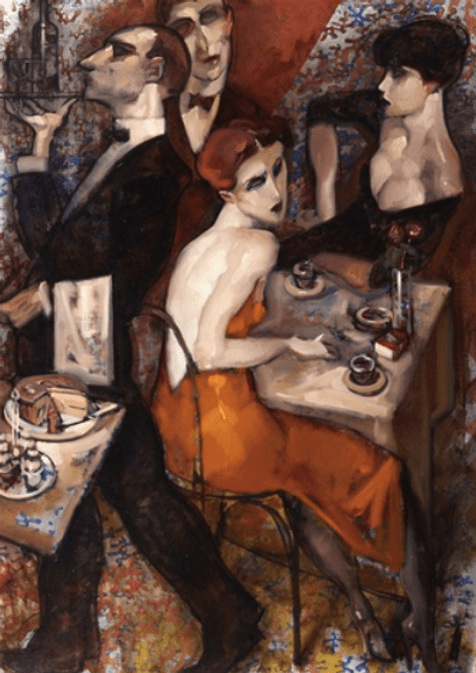
The first European country to import coffee and establish a distinctive business around it, Italy has been known as the spiritual home of coffee and the gatekeeper to cafe culture. Italian culture of cafes owes much to the first few coffee houses in Venice 1629 onwards. Trust Italians to ditch sit-down style and make it fashionable to stand at the bar counter sipping coffee while making small talk with the barista! From the historical perspective, coffee had been a respite from the Little Ice Age since the beginning of the 17th century with the frozen canals of Venice: beer and wine were more popular than water for hydration due to the terrible quality of drinking water, and having coffee instead could be invigorating. More serious conversations and discussions regarding political uncertainties could happen in a cafe rather than a bar or a pub. Italy also perfected the technique to brewing and serving espresso, with the first espresso machines and latte art.
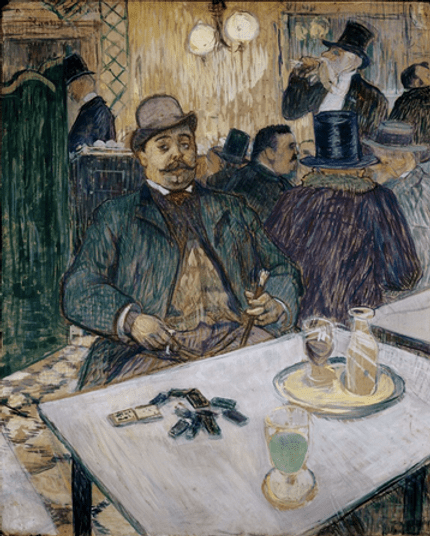
Un Cafe au lait un coca cola
Initially thought of as Satan’s brew by the Catholic Church, in 1600 when the Pope tried it and baptized coffee to “free” it of the devil’s influence, coffee started being accepted in the Western world, and 50 years later coffee was being sold in the streets of Italy along with liquor and chocolate. It wasn’t until an Italian immigrant established a cafe in front of the Comédie-Française, the principal French theatre in the 17th century that the modern fixture of cafe decor was established. Taking over a local bathhouse, the proprietor Procopio Cuto, renovated the space to put up chandeliers, marble tables, wall mirrors, among others, and Cafe Procope was born! Apart from coffee and sorbets, the French intelligentsia could stretch their legs here after a hard day’s work at the theater opposite the road. Actors, playwrights, philosophers, critics, poets, musicians, revolutionaries, and politicians would gather here, and the list of famous personalities extends to Voltaire, Diderot, Rousseau, even Benjamin Franklin had been a fan! Gossipmongers’ comments here would be reported in the newspapers and the few of the first seeds of the French Revolution had also been planted here. The cafe is still functional to this date, and is the stomping grounds for many tourists craving a shot of art history along with their coffee. Cafe de la Rotonde in Paris and Le Cafe la Nuit in Arles, among many others are just two of the cafes enshrined in France, attracting thousands of visitors keen on soaking up the vibrancy and historic charm. Check out our list of other famous locations in paintings here!
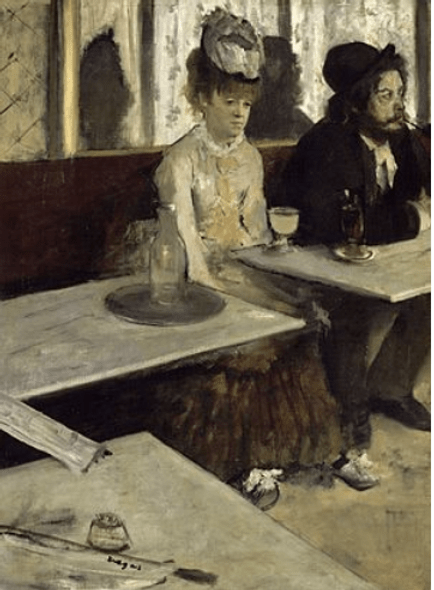
The importance of the French cafe culture couldn’t be overstated in art history: much of Modernist art and literature owe it to creative professionals meeting in these spaces catering to a motley crowd in order to reshape their own perceptions of the world at large under industrialized capitalism, and successful attempts to break away from tradition and convention to nurture fresher notions of aesthetics, movement, form, and subjects of art. Balancing the socio-cultural register with class issues, the French cafe society gave rise to a newer, grittier generation of artists attuned to emergent trends, and more importantly an assurance of solidarity from fellow artists who could variously be grudging fans or seasoned antagonists to each other.
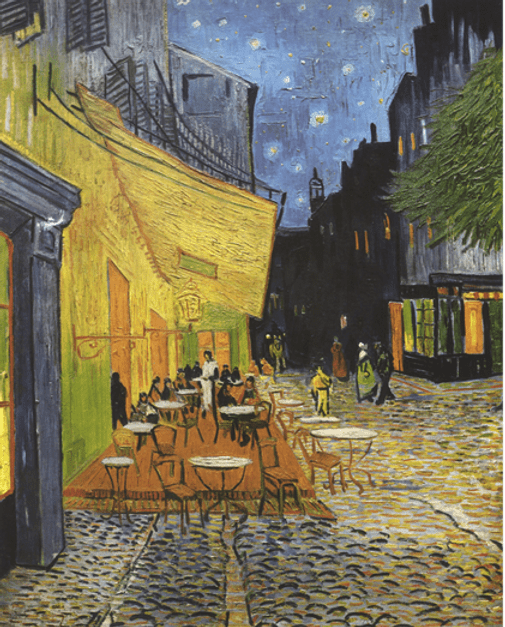
Charting the middle path between the high culture of French cuisine and exorbitant restaurants, and the hazy ambience of bars and pubs, French cafes catered to egalitarian ideals where any man could walk in, order a cup of coffee, and sit next to someone from a higher class. Away from the strictures of academia and formal exhibitions, an emerging artist could fall back upon the informal space of cafes and salons for like minded individuals to come together and found new artistic principles. From avuncular veterans to fellow novices just breaking into the scene, artists could belong to a network or a school of art with overlapping and intersecting interests and methodology.
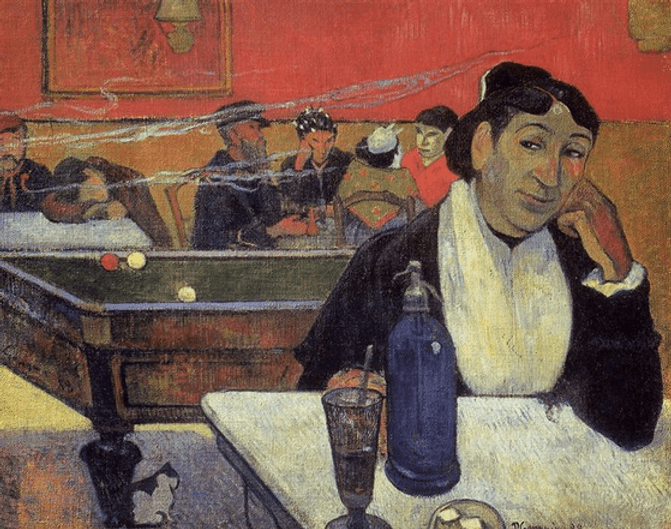
Cafes also functioned as the rendezvous spot for artists meeting their patrons, mostly the elites, and liberal minded industrialists and politicians who dabbled in the art world and were kept up to date with the latest trends in the arts. Cosmopolitan, opulent, modern, rich in culture: this was how cafes had been envisioned. French cafes also moonlighted as venues for performance within specifics as cafe-concerts rapidly grew popular and the hybrid space of cafe-cabaret was developed.
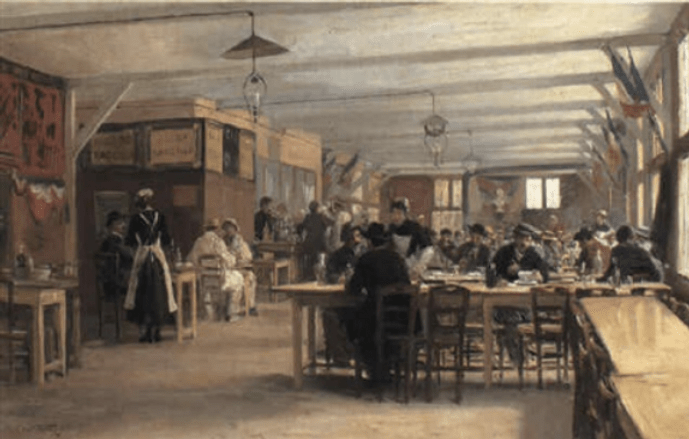
A hopscotch away in Paris, Emile Goudeau founded the Hydropathes, a society which gathered at Cafe de la Rive Gauche for informal get-togethers of artists in 1878, exemplifying the French cafe society with elements of Parisian bonhomie and rejection of Antiquity legends in an unconventional setting for entertainment and to get the collaborative creative juices flowing. Drawing more than 350 patrons each evening, the non-institutional set-up also worked well for the self-promotion of artists who would spearhead the subsequent postwar artistic movements in France. The audience would be lost in lively conversations in brief snatches while Goudeau would preside over the overflowing hall maintaining order and encouraging artistic innovation and experimenting.
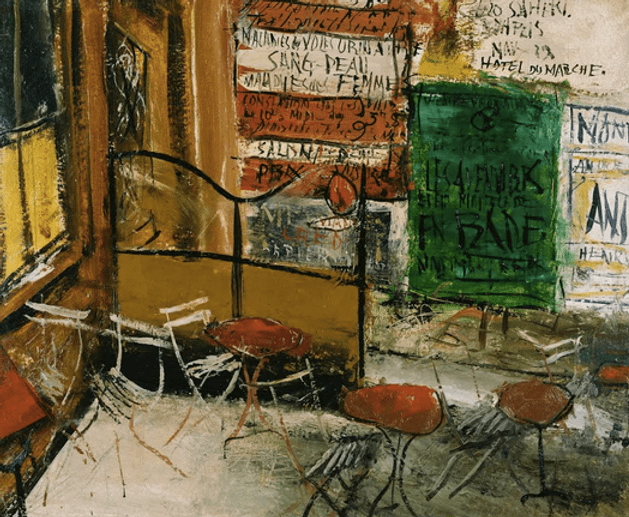
The lonely hunters
From French cafes spilling out onto the pavement terraces, to American cafes’ large street facing windows, cafes have been a popular spot for people-watching. Artists ranging from Renoir, Monet, Degas, van Gogh to Edward Hopper and John Sloan slowly started featuring patrons in isolated internal bubbles withdrawing to themselves and showcasing modern ennui and alienation in an increasingly isolated society following globe wide industrialization and urbanization. The following World Wars and the Great Depression definitely had an impact upon the American cafe culture which began to focus on utilitarianism partly moving away from decadence.
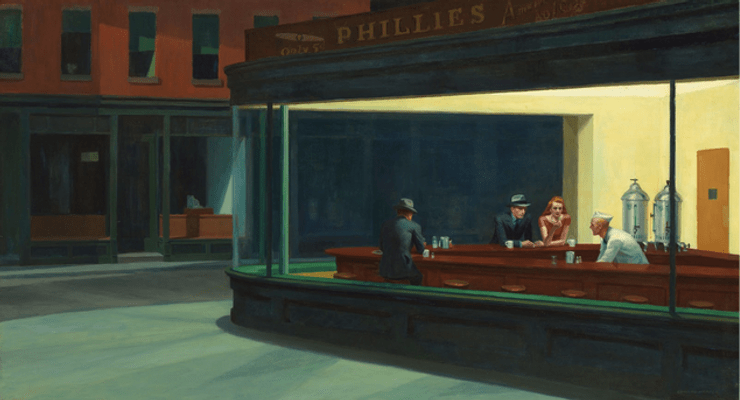
Even without the capitalist framework, cafes in communist regimes also were the stomping grounds for intellectuals and artists developing ideas for subversion. Famous examples would be the Jewish cafes in Odessa and Warsaw where many artists defended their radicalization against the harsh government in the buzzing environ with local leaders necessitating inspiration for revolt. These spaces flamed ideals of equality and emancipation, and it is only natural that artists would flock cafes where for the price of a cup of coffee they could walk out with a different set of ideals. No surprise then that British cafes had been known as “penny universities” during the 17th-18th centuries. Bring in the displayed paintings from local or world famous artists, and they also begin to function as an unconventional exhibition and gallery wall, adding to the decor and aesthetics of the establishment!
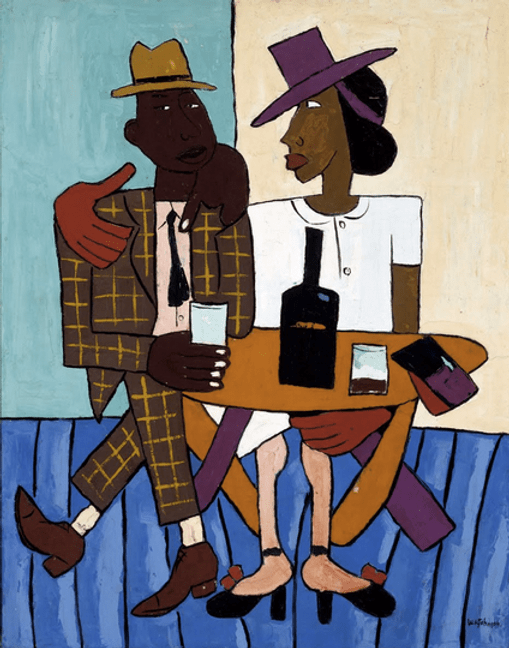
Our contemporary fascination for cafes has certainly come a long way. An Ethiopian crop making way into Mediterranean society, apocryphal stories, trade routes to the New World, European patronage, American corporatization, and now a worldwide phenomenon, our local cafes provide a perfect cross-section for a peek into their neighborhoods. Add in framed artworks, idiosyncratic decor, interesting conversations, and a strong sense of consciousness towards culture, it is difficult to imagine a better supplement to the commercial art market and academic stringency. As the need for ethical consumption and sustainable culinary trends rises, the newest challenge to cafes has to be tackled from within the food industry. Switching to recycled cutlery and sourcing local produce, they already are frontrunners to environmental friendly practices. Newer cafes have already inculcated gender neutral washrooms in their establishments. Cafes are just the spot to blend in the banality of solitude and the creative inspiration from the surroundings as Thomas Pynchon would say. It is difficult to imagine what would be strategized next to make cafes even more appealing to our millennial hearts: we are already goners!




